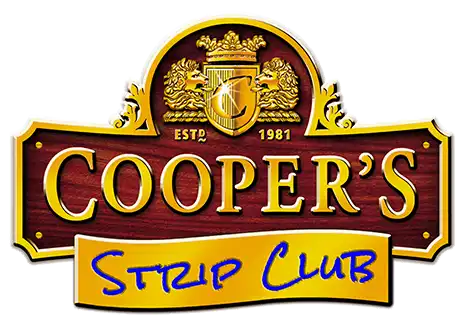Ensure your become aware of any health & safety requirements before use by reading the individual product labels.
Safety Equipment:
The nature of stripping would deem it prudent to protect yourself from inhaling or being touched by the stripping products. The following is a general guide to the sort of precautions that should be taken.
- Industrial strength barrier cream (for any exposed skin)
- Solvent resistant gloves
- Safety glasses
- Respirators for organic solvents & for lead paint when using a heat gun, or for when adequate ventilation does not exist.
Lead Paint Removal
Unless you absolutely know the paint that is being removed has no lead assume lead paint is present and adopt safe removal practices.
Wet Stripping (Safest method)
An example of this is the Cooper’s Restoration System. Cooper’s is a wet process which creates no dust and will leave no residue of paint in the grain (that may contain lead) that would otherwise need to be sanded.
Heat Gun Stripping (Recommended with caution)
- Medium level fire hazard.
- Timber scorching potential in an inexperienced person’s hand.
- Medium level lead poisoning risk, the area being worked on must be ventilated and lead masks worn by people in the area.
- Any paint that is left attached to the substrate must be wet stripped, (See above)
Naked Flame Stripping (Not Recommended)
- High level, fire hazard.
- High timber scorching potential, no matter what the experience of the person is.
- High level lead poisoning risk, the area being worked on must be ventilated and lead masks worn by people in the area.
- Any paint that is left attached to the substrate must be wet stripped, (See above)
Scraping, sanding or sandblasting. (Not recommended)
- High lead poisoning risk, lead dust easily migrates around the home causing ongoing exposure to occupants. Most vacuum cleaners do not provide adequate filtering and simply redistribute the lead.
All methods of lead paint stripping must allow for the collection and disposal of the lead in a way that conforms to local authority regulations.
Ventilation:
- In the room you are working in, open a door and a window that are at opposite sides of the room to each other and place a fan (more if needed) facing out the window. This will force the air from the room and will stop air from the room entering the rest of the building.
Steel Wool:
- To avoid cutting yourself never attempt to tear the wool with your hands.
- Cut the wool to the desired length with a pair of snips while wearing gardening gloves.
- The protective coating on the wool is flammable.
- Do not use wool near a live electrical source.
Other people:
- Keep the products away from children & pets.
- Be mindful of the welfare of others in the surrounding area.
Fire, Storage & Insurance:
- Do not spray any Cooper products near a naked flame.
- Store unopened product in another area to where you are working.
- Have available for immediate use a class 3 rated fire extinguisher in an appropriate location.
- We recommend that you inform your insurance company that you are renovating as in some cases this can affect your policy.
- Cold weather: In cold weather some of the waxes in the “Stripper” can solidify & fall out of suspension, clogging the filters & jets on the triggers. Warm the “Stripper” if needed by sitting the container of “Stripper” into warm water. Ideally the “Stripper” should be used at between 15 – 30 degrees C, Ensure you loosen the container lid before warming to allow pressure to escape and then re-tighten afterwards.
